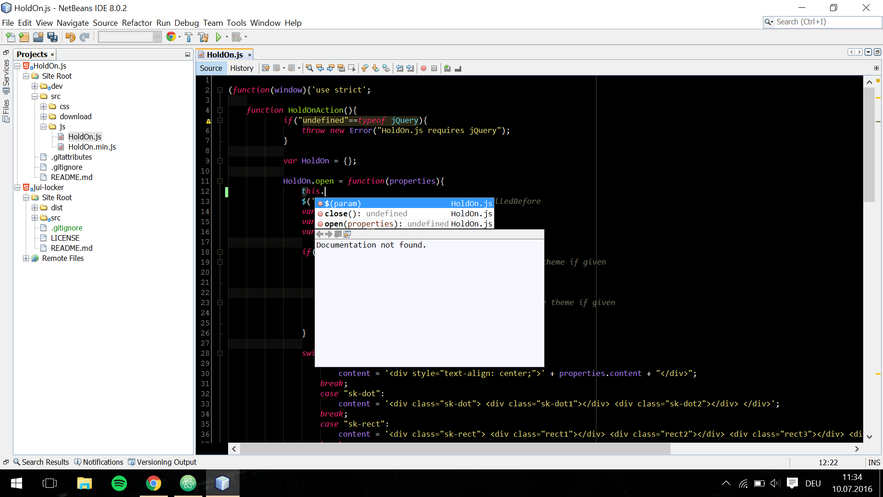
WYSIWYG editing has limitations – some operations are significantly more convenient to do in source code representation. HTML-NOTEPAD outputs just HTML (well-formed in XML sense). inline styles) injected by Word and browsers. If HTML then free from garbage meta-information (e.g.

HTML, Markdown, PhpBB codes and their variations.To support various representations of structured text that are used actively on the Web: For example typing * and at the beginning of paragraph will morph it into bullet list ( elements ) For example CTRL+NUMPAD2 will convert the paragraph into element. All frequent editing actions are doubled by shortcuts.

To support keys-only editing as much as possible: Yet HTML-NOTEPAD supports “day” and “night” editing modes:
HTML5 WEB EDITOR MAC MAC OS
That means it is small, fast, does not have external dependencies and works on all major desktop operating systems: Windows (from XP to 10), Mac OS and Linux. HTML-NOTEPAD uses Sciter Engine for its UI. This very article I am editing in HTML-NOTEPAD: īut still HTML-NOTEPAD can be useful for Web designers too – for the cases when we need to create textual (yet structural) content of our pages. Web pages are crafted manually by editing CSS, that is by nature of CSS. With modern CSS, WYSIWYG Web design is simply impossible. Don’t even expect to create “cool web pages” with it.

It is a WYSIWYG editor of structured documents: texts that have hierarchical and semantically meaningful (oxymoron, no?) structure: headers, list, plaintext islands, tables and so on.


 0 kommentar(er)
0 kommentar(er)
